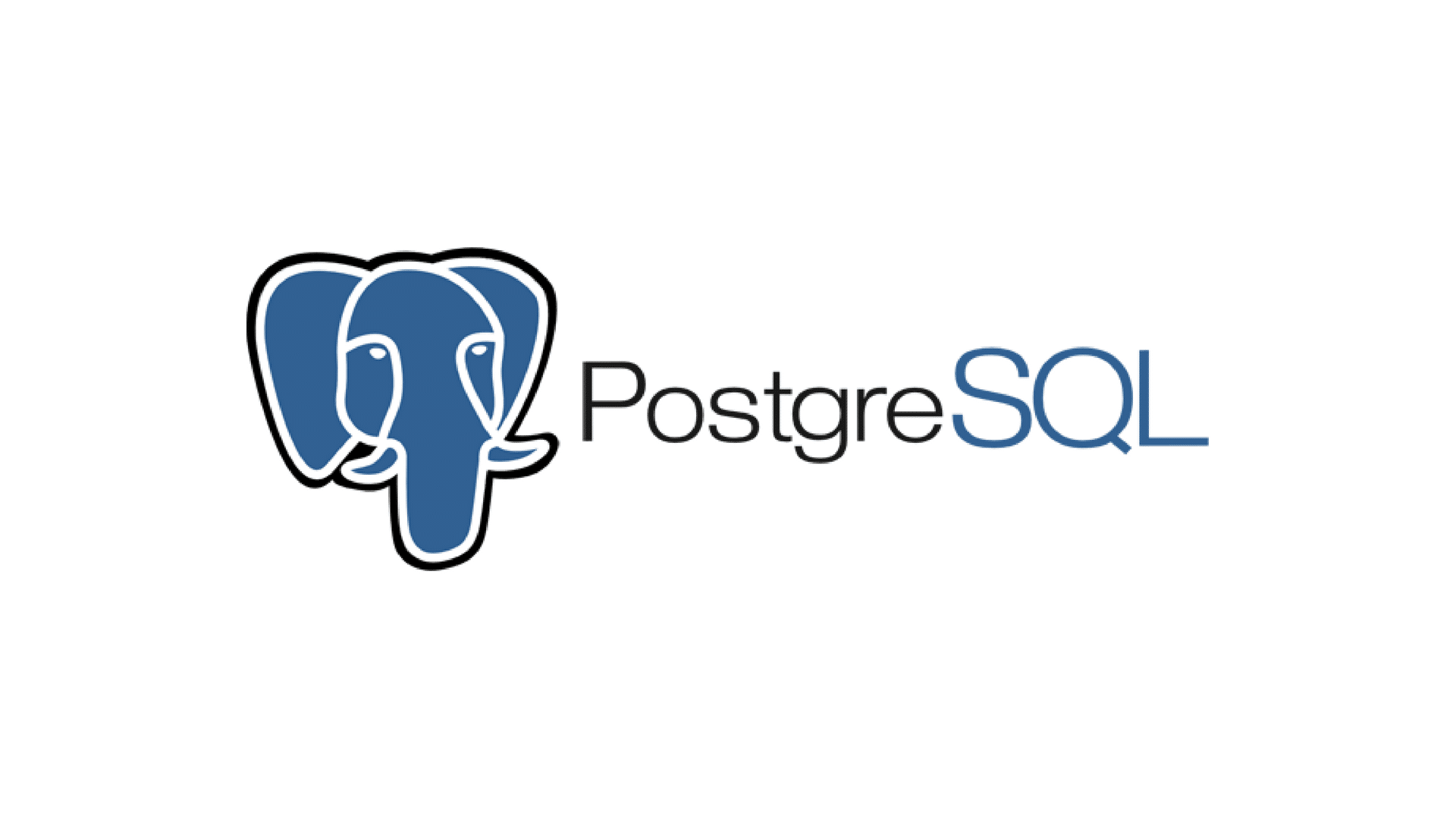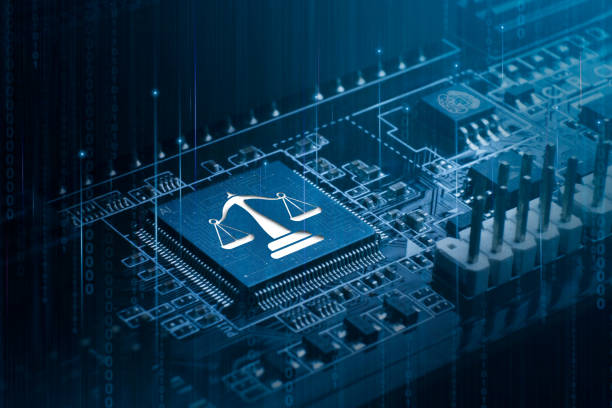PostgreSQL is one of the world’s most advanced, powerful, and feature-rich open-source relational database management systems (RDBMS). It is designed to handle a wide range of workloads—from small single-machine applications to large-scale web services and data warehouses. Known for its robustness, scalability, and adherence to SQL standards, PostgreSQL has become the backbone of countless applications across industries.
Unlike many databases that prioritize simplicity or speed at the cost of flexibility, PostgreSQL strikes a balance by offering strong compliance with SQL standards while allowing extensive customization through procedural languages, extensions, and advanced data types. It is not merely a tool for storing and retrieving data—it is a sophisticated platform that supports complex operations, transactions, and analytics with exceptional reliability.
PostgreSQL’s reputation for stability and performance comes from more than three decades of active development. It was originally conceived as part of a research project at the University of California, Berkeley, and has since evolved into a full-fledged database system used by major enterprises, governments, and developers worldwide.
The Origins and History of PostgreSQL
The story of PostgreSQL begins in the early 1980s at the University of California, Berkeley. The precursor to PostgreSQL, known as POSTGRES (short for “Post Ingres”), was created under the leadership of Professor Michael Stonebraker. The project aimed to overcome the limitations of the Ingres database system, another influential RDBMS developed in the 1970s.
The POSTGRES project began in 1986 and introduced many pioneering ideas, such as the use of object-relational features, data versioning, and support for complex data types. Its first prototype was released in 1989, and subsequent versions expanded its capabilities. By 1994, POSTGRES had already included many concepts that would later become standard in modern databases.
In 1995, two Berkeley students added an SQL interpreter to the system, transforming POSTGRES into PostgreSQL—a combination of “POSTGRES” and “SQL.” This marked a major turning point, as SQL had become the dominant query language for relational databases. In 1996, PostgreSQL 6.0 was released as the first open-source version, allowing developers worldwide to contribute.
Since then, PostgreSQL has undergone continuous development through a global community of contributors. Today, it is managed by the PostgreSQL Global Development Group, a worldwide network of volunteers, companies, and institutions. Its open development model ensures constant innovation, security, and adaptability.
Understanding Relational Database Concepts
To understand PostgreSQL, it is important to grasp the fundamentals of relational database systems. A relational database organizes data into tables (relations) consisting of rows and columns. Each row represents a record, while each column represents a field with a defined data type. Relationships between tables are established through keys—primary keys uniquely identify records, and foreign keys link records across tables.
Structured Query Language (SQL) is the standardized language used to interact with relational databases. It allows users to create, manipulate, and query data efficiently. PostgreSQL fully supports SQL and extends it with additional capabilities such as window functions, recursive queries, and advanced indexing.
The relational model ensures data integrity through normalization, constraints, and transaction control. PostgreSQL takes this foundation further by incorporating object-relational features, enabling developers to define custom data types, functions, and operators. This makes it more flexible than traditional RDBMS platforms while retaining the stability of the relational model.
The Architecture of PostgreSQL
PostgreSQL’s architecture is designed for efficiency, scalability, and reliability. It follows a client-server model in which multiple clients connect to a central server process that manages database operations. The server handles queries, manages storage, ensures data consistency, and maintains concurrent access.
At its core, PostgreSQL consists of several key components:
- Postmaster (Server Process): This is the main process responsible for managing all database operations. It listens for incoming client connections and spawns new backend processes for each client.
- Backend Processes: Each client connection is handled by its own backend process. This ensures process isolation and stability, meaning that an error in one connection does not crash the entire system.
- Shared Memory: This is a segment of memory used for caching data, storing metadata, and coordinating transactions between processes. The shared buffer cache is critical for performance because it reduces disk I/O by keeping frequently accessed data in memory.
- WAL (Write-Ahead Logging): PostgreSQL ensures data durability through its Write-Ahead Logging mechanism. Before any changes are applied to the database, they are first recorded in a log file. In the event of a crash, PostgreSQL can replay the log to restore the database to a consistent state.
- Storage System: Data in PostgreSQL is stored in tables, indexes, and files on disk. The database engine manages physical storage, page layout, and data access methods to optimize performance.
- Query Planner and Optimizer: When an SQL query is executed, PostgreSQL’s planner evaluates multiple execution strategies and chooses the most efficient one based on table statistics, indexes, and join types.
This modular architecture gives PostgreSQL flexibility, reliability, and excellent performance, even under high workloads.
Core Features of PostgreSQL
PostgreSQL is distinguished by a comprehensive set of features that support both traditional relational operations and advanced modern use cases. Its capabilities rival or surpass those of proprietary systems while maintaining open-source accessibility.
One of its most important features is ACID compliance—Atomicity, Consistency, Isolation, and Durability. This ensures that every transaction in PostgreSQL is processed reliably and maintains data integrity, even in the case of system failures.
PostgreSQL supports multiversion concurrency control (MVCC), which allows multiple users to read and write data simultaneously without conflicts. MVCC eliminates read locks and minimizes contention, providing a consistent snapshot of the database for each transaction.
The system includes a powerful query planner and optimizer, capable of executing complex queries with high efficiency. It supports advanced SQL features such as window functions, common table expressions, full-text search, and recursive queries.
PostgreSQL also offers extensive indexing options, including B-tree, hash, GiST, SP-GiST, GIN, and BRIN indexes. These diverse methods allow optimization of different types of data access patterns, from simple lookups to spatial searches.
Another key strength of PostgreSQL lies in its extensibility. Users can define custom data types, operators, functions, and even procedural languages. This makes it adaptable to specialized domains such as geospatial analysis, scientific research, or financial modeling.
PostgreSQL supports stored procedures and triggers, enabling complex business logic to run directly within the database. It can execute functions written in multiple languages, including SQL, PL/pgSQL, Python (PL/Python), Perl (PL/Perl), and C.
In addition, PostgreSQL includes robust security features, such as authentication methods (password, Kerberos, LDAP, and SSL/TLS encryption), role-based access control, and row-level security. These mechanisms make it suitable for enterprise-grade deployments.
Data Types and Advanced Capabilities
One of PostgreSQL’s most powerful attributes is its wide variety of supported data types. In addition to standard types like integers, text, and floating-point numbers, PostgreSQL provides advanced types such as JSON, arrays, hstore (key-value pairs), UUIDs, geometric data, and network addresses.
The inclusion of JSON and JSONB (binary JSON) allows PostgreSQL to function as a hybrid relational and document-oriented database. JSONB stores data in a decomposed binary format, enabling efficient indexing and querying of JSON structures. This capability allows developers to handle unstructured data while maintaining the reliability of relational models.
Array support in PostgreSQL enables storage of multiple values in a single column, reducing the need for separate tables in certain cases. Range types allow representation of intervals—such as ranges of dates or numeric values—useful in financial or temporal data applications.
PostgreSQL also supports full-text search, enabling efficient searching and ranking of textual content within large datasets. Combined with its indexing capabilities, it becomes a strong tool for content management systems, search engines, and analytics platforms.
For geospatial applications, PostgreSQL can be extended with PostGIS, an industry-standard extension that adds spatial data types and functions. PostGIS allows PostgreSQL to serve as a complete Geographic Information System (GIS) database, capable of handling maps, coordinates, and spatial queries with high precision.
Concurrency and Transaction Management
Concurrency control is critical in multi-user database systems, and PostgreSQL’s implementation of MVCC is one of the best in the industry. Under MVCC, each transaction sees a snapshot of the database at a specific point in time. This ensures that reads never block writes and vice versa, maintaining high performance in concurrent environments.
Each time a transaction modifies data, PostgreSQL creates a new version of the affected rows instead of overwriting them. Older versions remain accessible to other transactions until they complete, after which unused versions are cleaned up by a background process known as VACUUM.
PostgreSQL also supports transaction isolation levels, allowing control over how concurrent transactions interact. The available levels—Read Uncommitted, Read Committed, Repeatable Read, and Serializable—provide different balances between performance and consistency.
These mechanisms ensure that PostgreSQL maintains data integrity even in complex transactional workloads, such as financial systems, e-commerce platforms, and enterprise applications.
Performance and Optimization
Performance in PostgreSQL is achieved through a combination of advanced architecture, intelligent query optimization, and effective caching. The query planner analyzes multiple strategies for executing a query and selects the most efficient one. Indexes play a vital role in speeding up data retrieval, while caching mechanisms reduce disk access by storing frequently used data in memory.
Administrators can fine-tune PostgreSQL’s performance using configuration parameters that control memory allocation, background processes, and query optimization. Features like parallel query execution and partitioning improve scalability for large datasets.
PostgreSQL also supports materialized views, allowing precomputed query results to be stored for faster retrieval. Table partitioning, both declarative and inheritance-based, enables efficient handling of massive tables by dividing them into smaller, manageable chunks.
Through its flexible design, PostgreSQL can be optimized for diverse workloads—from transactional processing (OLTP) to analytical processing (OLAP).
Extensibility and Customization
One of PostgreSQL’s defining characteristics is its extensibility. The database allows users to create custom data types, operators, and indexing methods. This flexibility transforms PostgreSQL into a platform that can evolve with the needs of its users.
Extensions are modular packages that add functionality to the core system. Popular extensions include PostGIS for spatial data, pg_stat_statements for query monitoring, and TimescaleDB for time-series data. Developers can even create their own extensions to integrate domain-specific logic directly into the database.
Procedural languages enhance PostgreSQL’s versatility by allowing functions and stored procedures to be written in languages such as PL/pgSQL, Python, Perl, and C. This makes it possible to embed complex algorithms and computations directly in the database, reducing the need for external application logic.
Replication and High Availability
PostgreSQL offers several mechanisms for replication and high availability. Replication allows data to be copied from one database server to another, improving fault tolerance and scalability.
The most common form is streaming replication, where a standby server continuously receives changes from a primary server’s Write-Ahead Log. If the primary server fails, the standby can be promoted to take over with minimal downtime. PostgreSQL also supports logical replication, which operates at a higher level, allowing selective replication of tables or data subsets.
For distributed and cloud environments, PostgreSQL supports connection pooling, load balancing, and clustering solutions through third-party tools like PgBouncer, Patroni, and Citus. These tools enhance reliability, enabling PostgreSQL to support mission-critical applications.
Security Features
Security is an integral part of PostgreSQL’s design. It includes multiple authentication methods, such as password-based, Kerberos, LDAP, and certificate-based authentication. Access control is managed through roles and privileges that define what users can access or modify.
PostgreSQL enforces row-level security, allowing fine-grained control over which rows a user can view or modify. Encryption is supported both in transit (via SSL/TLS) and at rest (via third-party tools or file system encryption).
Audit logging and compliance features ensure PostgreSQL can meet the security requirements of regulated industries such as finance, healthcare, and government.
PostgreSQL in the Cloud Era
With the rise of cloud computing, PostgreSQL has become a cornerstone of cloud-based data infrastructure. Many cloud providers offer managed PostgreSQL services, including Amazon RDS for PostgreSQL, Google Cloud SQL, Azure Database for PostgreSQL, and DigitalOcean Managed Databases. These services simplify administration by automating backups, scaling, and patching.
PostgreSQL’s flexibility makes it ideal for containerized environments and microservices architectures. It integrates seamlessly with Kubernetes through operators like Crunchy Data’s PostgreSQL Operator, which automates deployment, scaling, and failover.
Moreover, PostgreSQL’s open-source nature aligns with the growing trend toward open technologies in the cloud. Organizations can avoid vendor lock-in while benefiting from enterprise-grade reliability and community-driven innovation.
Use Cases of PostgreSQL
PostgreSQL’s versatility enables it to serve diverse use cases. In web development, it powers back-end databases for frameworks like Django, Ruby on Rails, and Node.js. In analytics, PostgreSQL supports complex queries, data aggregation, and integration with tools like Apache Spark and Tableau.
In financial services, PostgreSQL’s transactional integrity and security make it suitable for processing payments, trading, and accounting. Scientific and research institutions use it for managing experimental data, while governments rely on its transparency and reliability for public information systems.
The combination of structured and semi-structured data handling makes PostgreSQL popular for modern data-driven applications, including IoT platforms, e-commerce systems, and AI-powered analytics.
Community and Ecosystem
PostgreSQL’s success is deeply tied to its vibrant global community. The PostgreSQL Global Development Group coordinates releases and ensures code quality, while thousands of developers, companies, and volunteers contribute improvements.
The community provides extensive documentation, mailing lists, conferences, and user groups worldwide. The PostgreSQL ecosystem includes numerous tools and libraries for backup, monitoring, replication, and performance tuning. This collaborative environment ensures that PostgreSQL continues to evolve rapidly while maintaining stability.
The Future of PostgreSQL
The future of PostgreSQL looks exceptionally promising. Its development continues at a steady pace, with each release adding performance enhancements, new features, and better scalability. The database is increasingly seen as a viable alternative to proprietary systems like Oracle and Microsoft SQL Server, especially as organizations embrace open-source solutions.
Emerging trends such as distributed databases, machine learning integration, and hybrid workloads are shaping PostgreSQL’s roadmap. Extensions like Citus and TimescaleDB are transforming it into a platform capable of handling massive, real-time data streams.
As cloud adoption accelerates and data continues to grow in volume and complexity, PostgreSQL’s adaptability ensures its place as one of the most critical technologies in the modern data landscape.
Conclusion
PostgreSQL is far more than a traditional relational database—it is a comprehensive, extensible, and robust platform for data management. Built on decades of research and community-driven innovation, it provides unmatched reliability, performance, and flexibility. Its adherence to SQL standards, coupled with its support for modern features such as JSON, full-text search, and advanced indexing, makes it an indispensable tool for developers and enterprises alike.
Whether deployed on-premises, in the cloud, or as part of a distributed system, PostgreSQL continues to set the standard for open-source database excellence. It embodies the principles of freedom, collaboration, and technical rigor that drive the open-source movement and remains a testament to the power of community-driven innovation in shaping the future of technology.






